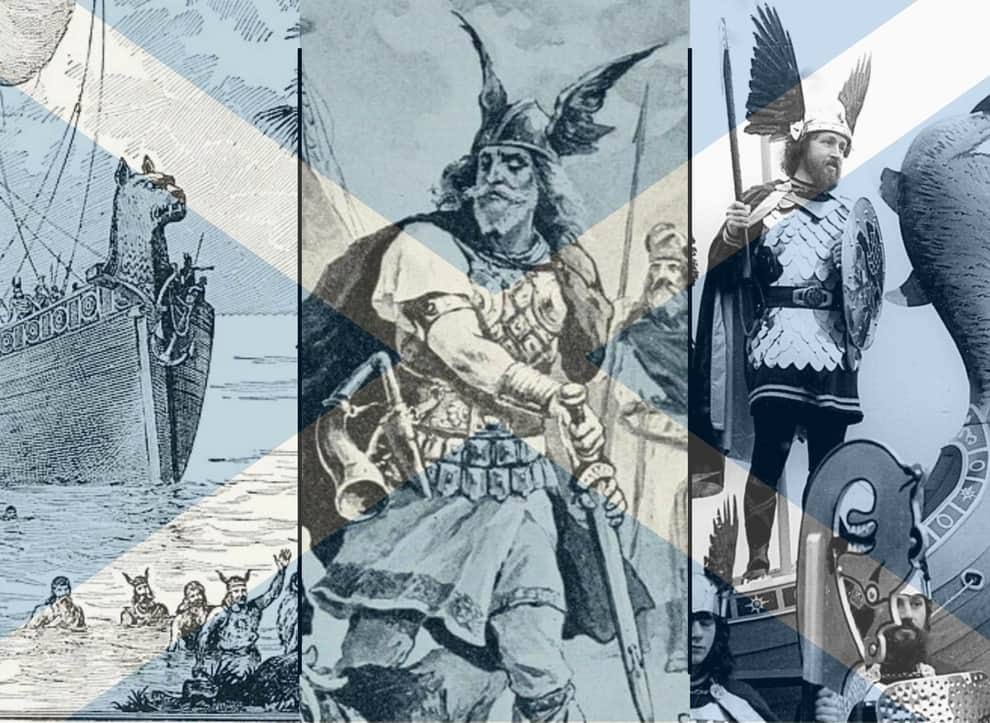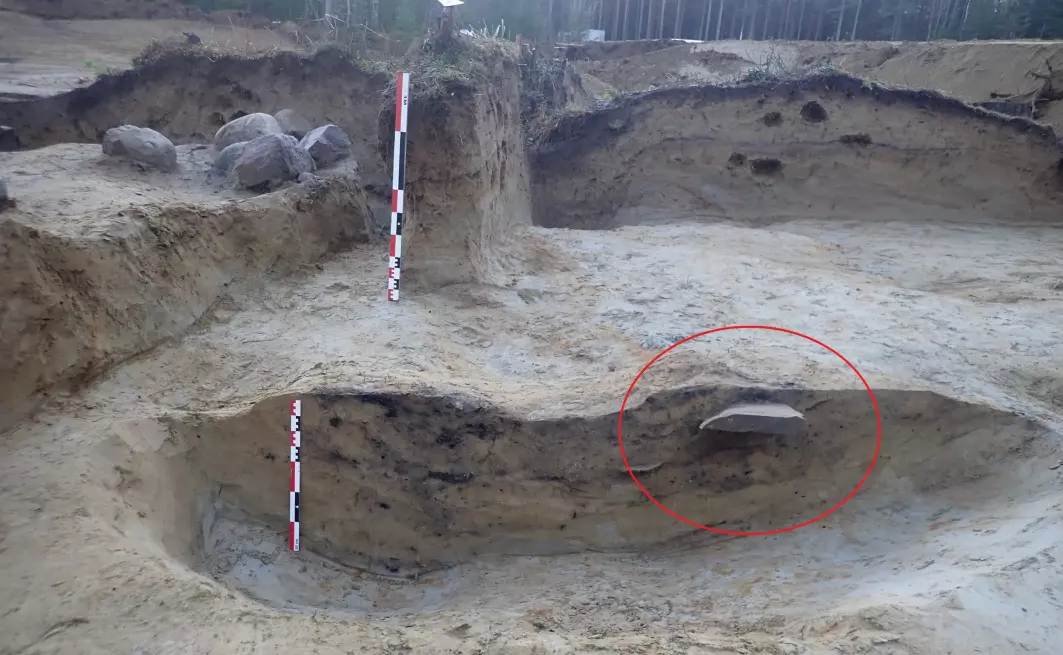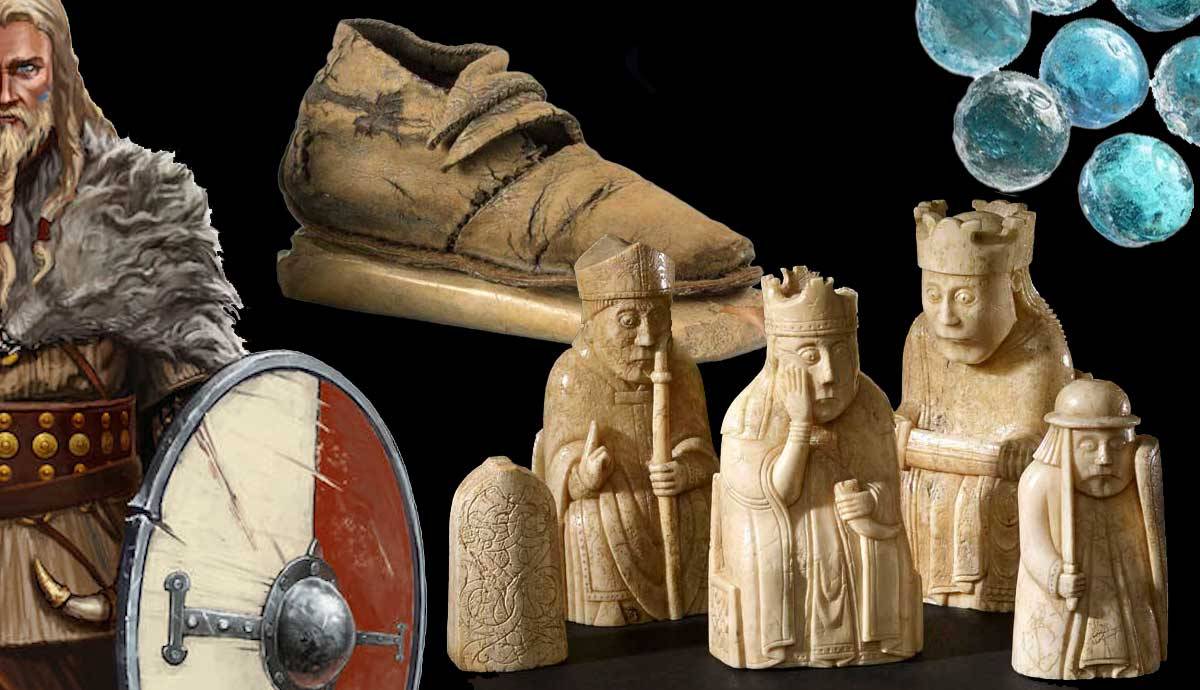
What was a Viking? The Vikings emerged from Scandinavia in the late eighth century as marauding raiders and traders with fantastic ships. From approximately 750-1100 CE, the Vikings roamed the world. Popularly, Vikings are often portrayed as overwhelmingly male. Even in the archaeological record, male burials outnumber female graves. Despite this imbalance, evidence shows Viking women lived versatile lives as warriors, witches, queens, traders, and housewives. By exploring the lives of ten Viking women we can reveal an exciting world of intrigue and movement with many mysteries still to be deciphered.
1. Viking Women as Warriors: The Birka Warrior
A warrior was found lying in a wooden chamber in the black earth on the island of Birka. Weapons crowded the grave, pointing to a life of conflict or readiness for battle. A sword, an axe, a knife, two lances, two shields, and 25 arrows rested beside the warrior should the weapons be needed again. Elsewhere in the grave, gaming pieces waited to be used. Made of bone, these game pieces likely formed part of a hnefatafl set, a medieval game of strategy used as preparation for war. Two horses lay at the warrior’s feet. As archaeologists removed the dirt and artifacts from the chamber, they had little doubt that the warrior had been a man of considerable status. They were half right but half wrong.
Read the rest of this article...




















